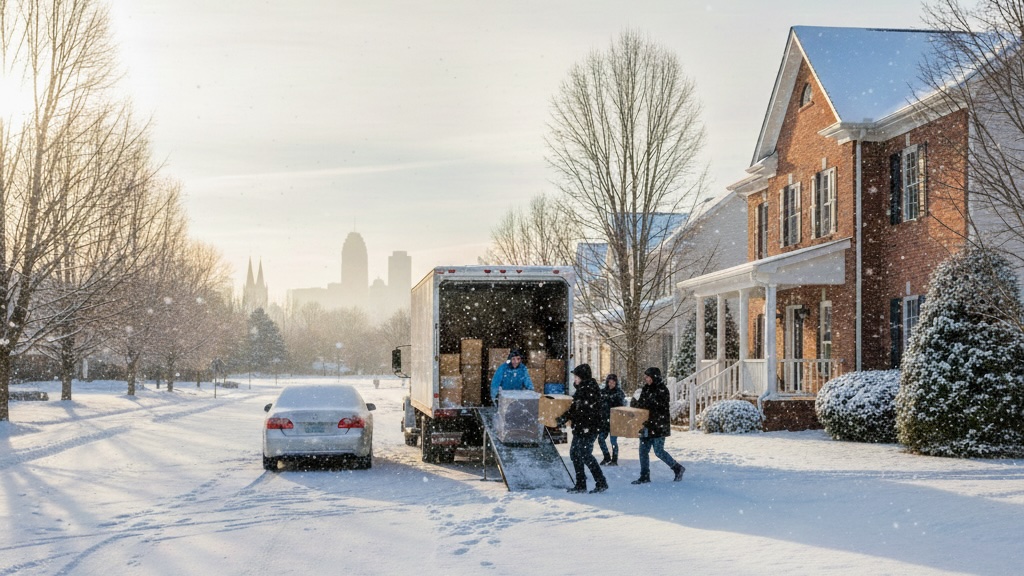Are movers responsible for damage to your belongings? Yes. Licensed movers are legally liable for loss or damage during your move. However, your compensation depends on the liability coverage you selected, whether your move is interstate or local, and how you documented your items. This article explains mover liability laws, coverage options, the claims process, and practical steps to protect your belongings and maximize compensation if damage occurs.
What Happens If Movers Break Something? The Legal Basics
When something goes wrong during a move, your compensation depends on which type of move you booked. Interstate moves fall under federal law, while local moves follow state regulations that vary significantly in their consumer protections.
Interstate Moves: Federal Protection Under the Carmack Amendment
For moves between states, the Carmack Amendment (part of federal transportation law) says that interstate movers are liable for loss or damage to your goods. This federal protection gives you recourse if something goes wrong, but the amount the mover must pay depends on the valuation option you choose when signing your contract.
Intrastate Moves: State-Specific Rules
Local moves within a single state follow state regulations, which vary considerably. For example, North Carolina requires movers to provide basic value protection at $0.60 per pound per item, while other states may have different minimums or requirements. Always check your state's moving regulations to understand your baseline protections.
What "Responsible" Actually Means
Being "responsible" doesn't automatically mean the mover will pay full replacement value. Your compensation depends on the liability coverage you selected in your moving contract. Many consumers are surprised to learn that the default, no-cost coverage provides minimal protection, often just pennies per pound.
Interstate Moves: Federal Protection Under the Carmack Amendment
For moves between states, the Carmack Amendment (part of federal transportation law) says that interstate movers are liable for loss or damage to your goods. This federal protection gives you recourse if something goes wrong, but the amount the mover must pay depends on the valuation option you choose when signing your contract.
Intrastate Moves: State-Specific Rules
Local moves within a single state follow state regulations, which vary considerably. For example, North Carolina requires movers to provide basic value protection at $0.60 per pound per item, while other states may have different minimums or requirements. Always check your state's moving regulations to understand your baseline protections.
What "Responsible" Actually Means
Being "responsible" doesn't automatically mean the mover will pay full replacement value. Your compensation depends on the liability coverage you selected in your moving contract. Many consumers are surprised to learn that the default, no-cost coverage provides minimal protection, often just pennies per pound.
Types of Mover Liability Coverage
When damage occurs during your move, compensation depends on which liability option you selected in your contract. Many consumers don't realize they're choosing between comprehensive protection and minimal coverage that pays only pennies per pound.
Full Value Protection (FVP)
This is the most comprehensive option and is the default for interstate moves unless you waive it in writing. Under Full Value Protection, the mover must either repair the damaged item, replace it with a similar item, or pay you its current market value. The coverage extends up to the declared value of your entire shipment.
Key points about FVP:
- You typically pay a premium based on the declared value of your shipment.
- High-value items worth more than $100 per pound must be declared separately in writing.
- Some movers offer this coverage with a deductible to lower the cost.
- The mover determines whether to repair, replace, or compensate.
Released Value Protection
Released Value Protection comes with a trade-off: while it's free, the coverage ceiling is so low that it rarely provides meaningful compensation for damaged items.
This is the minimum liability required by law and costs nothing. However, coverage is limited to only $0.60 per pound per article. This means a 50-pound television would only be covered for $30, regardless of its actual value.
When Released Value might make sense:
- You're moving only inexpensive, easily replaceable items.
- You have comprehensive third-party moving insurance.
- You're willing to accept the financial risk for cost savings.
Coverage Comparison
Here's a side-by-side comparison of the two main liability options to help you choose the right protection level for your move:
Full Value Protection:
- Cost: Premium based on shipment value
- Coverage: Repair, replacement, or current market value
- Best for: Most moves, especially with valuable items
Released Value Protection:
- Cost: Free
- Coverage: $0.60 per pound per item
- Best for: Budget moves with low-value items only
What's Covered and What's Not
Full Value Protection doesn't mean unlimited coverage. Movers can legally deny claims when damage comes from forces beyond their control, items you packed yourself, or valuables you never disclosed in writing.
When Movers ARE Liable
Movers are liable when damage occurs during their direct custody and handling of your property:
- Damage occurring during loading, transport, or unloading.
- Items broken due to careless handling.
- Lost boxes or furniture.
- Damage to items that the movers packed.
Common Exclusions: When Movers Are NOT Liable
- Acts of God and External Forces: Natural disasters, earthquakes, floods, acts of war, or actions by public authorities are typically excluded from coverage.
- Customer-Packed Boxes: If you pack your own boxes and items inside are damaged, movers generally aren't responsible since they couldn't verify proper packing. Damage to the outside of customer-packed boxes may still be covered.
- Undeclared High-Value Items: Items worth more than $100 per pound that weren't declared in writing before the move typically won't receive full compensation.
- Inherent Vice: Damage due to the nature of the item itself (like plants wilting, perishables spoiling, or mechanical items with existing defects) usually isn't covered.
- After Mover's Responsibility Ends: Once the agreed-upon delivery and storage period expires, the mover's liability typically ends.
How to File a Claim for Damaged or Lost Items
When damage occurs, your response in the first hours matters most. Proper documentation and timely action determine whether you'll recover fair compensation or face an uphill battle with minimal leverage.
Step 1: Document Everything Immediately
As soon as you notice damage, note it on the delivery inventory before the movers leave, take detailed photos and videos of all damage, keep the damaged items until your claim is resolved, and save all receipts, estimates, and documentation.
Step 2: Submit a Written Claim
For interstate moves: You have nine months from delivery to file a written claim with your mover. Submit your claim in writing via certified mail or the method specified in your contract.
For intrastate moves: Deadlines vary by state but are often shorter (30-90 days). Check your contract and state regulations immediately.
Step 3: Include Required Information
Your claim submission should include your contact information and the mover's details, the bill of lading or contract number, a detailed list of damaged or lost items with descriptions and photos, original purchase receipts or value estimates, and repair estimates if applicable.
Step 4: Wait for Response
For interstate moves, the mover must acknowledge receipt of your claim within 30 days and make a settlement offer, deny the claim, or request more information within 120 days of filing.
What to Do If Your Claim Is Denied
When a mover's settlement falls short of covering your actual losses, understanding your dispute resolution options becomes important. Each avenue has specific deadlines and procedures that determine whether you can recover fair compensation.
Arbitration
Interstate movers are required to offer binding arbitration for disputes under $10,000 (or higher amounts if they choose). This is often faster and less expensive than court. The arbitrator's decision is final and enforceable.
File a Regulatory Complaint
Report unresolved issues to the Federal Motor Carrier Safety Administration (FMCSA) for interstate moves, or your state's moving regulatory agency for local moves. While regulators don't resolve individual claims, complaints can trigger investigations.
Small Claims or Civil Court
For interstate moves, you have at least two years from the mover's written claim denial to file a lawsuit. Check your state's statute of limitations for intrastate moves. Small claims court is an option for lower-value disputes.
Insurance Options Beyond Mover Liability
Mover liability coverage often isn't enough on its own, especially for high-value shipments or moves involving irreplaceable items. Understanding supplemental insurance options helps you identify and fill gaps in protection.
Third-Party Moving Insurance
If you have high-value items or want additional peace of mind, consider purchasing third-party moving insurance. These policies often provide more comprehensive coverage than mover liability alone, including coverage for customer-packed boxes.
Homeowners or Renters Insurance Limitations
Most homeowners and renters insurance policies do NOT cover damage during moves. Some policies may cover items if they're stolen or damaged by fire, but normal moving damage typically isn't covered. Check with your insurance agent before assuming you're protected.
Pro Tips to Protect Your Belongings
While understanding coverage and claims is important, the best strategy is to prevent damage before it happens. Here's how to minimize risk at every stage of your move.
Before You Book
Research movers thoroughly using FMCSA's databases and online reviews to verify their track record. Confirm the company is properly licensed and insured, and get written estimates from at least three companies to compare pricing and services. Read all contracts carefully before signing to understand what coverage and services you're agreeing to.
Selecting Coverage
Choose Full Value Protection for most moves, as it provides comprehensive coverage that protects the actual value of your belongings. Calculate the declared value of your shipment accurately, since undervaluing will limit your potential recovery if damage occurs. Create a detailed inventory of high-value items and declare anything worth over $100 per pound in writing to get proper coverage.
During the Move
Take photos of valuable items before the move to document their condition. Let movers do the packing when possible, as they're typically not liable for damage to items you packed yourself. But if you do pack your own boxes, use quality materials and pack carefully. Review the inventory list carefully at both pickup and delivery, and note any damage immediately on the delivery documents before the movers leave.
Keep Records
Maintain copies of all contracts, estimates, and correspondence throughout the moving process. Save receipts for valuable items, keep the bill of lading and inventory sheets, and document everything with photos and written notes. These records are necessary if you need to file a claim for damaged or lost items.
How to Prevent Moving Damage
The best way to handle moving damage is to prevent it from happening in the first place. While movers are responsible for items in their care, taking proactive steps significantly reduces the risk of loss or damage, making the entire moving process smoother.
- Choose Quality Packing Materials: Invest in sturdy, appropriately-sized boxes and use bubble wrap, packing paper, and foam padding for fragile items. Quality materials provide better protection and reduce the likelihood of boxes breaking open during transport.
- Pack Fragile Items Properly: Wrap each fragile item individually and fill empty spaces in boxes with packing material to prevent shifting. Mark boxes containing fragile items clearly on multiple sides.
- Choose the Right Moving Truck Size: Select a truck that fits your inventory without being too large or too small. Learning how to pick an appropriately-sized truck prevents items from shifting excessively during transport and reduces the number of trips needed, minimizing handling and potential damage.
- Prepare Appliances for Moving: Disconnect and drain washing machines at least 24 hours before the move, and defrost refrigerators and freezers 48 hours in advance. Proper appliance preparation prevents damage and ensures they work properly at your new home.
- Protect Your Home During the Move: Use floor runners, carpet protection, and door frame padding to prevent damage to your property. Clear pathways of obstacles before movers arrive.
- Supervise Loading and Unloading: Be present during loading and unloading to answer questions and identify any immediate concerns. Your presence ensures items are handled with appropriate care and allows you to address issues in real-time. Learn about professional truck loading techniques to know what to expect.
- Consider Weather and Timing: Avoid moving during extreme weather when possible, as rain, snow, or extreme heat can damage belongings. If you must move in bad weather, ensure items are properly protected with waterproof coverings. You can also explore whether to move yourself or hire professionals and understand what moving help costs to make the best decision for your situation.
Understanding Mover Liability and Protecting Your Belongings
The liability movers carry for your belongings is real, but it only matters if you understand how it works before you hand over your possessions. Most people sign moving contracts, assuming they're fully protected, only to face an unpleasant shock when a damaged television nets them just $30 because they unknowingly chose the bare minimum coverage.
Protecting yourself requires deliberate action: select Full Value Protection for meaningful compensation, declare high-value items in writing before moving day, and document everything with photos and detailed inventories. When damage occurs, time matters. Claim deadlines are strict and unforgiving. If your claim is denied or the settlement falls short, remember you have recourse through arbitration, regulatory complaints, or legal action.
The difference between a nightmare move and one where you're properly compensated comes down to the decisions you make upfront. Choose reputable, licensed movers, understand what coverage you're selecting, and keep detailed records. Your belongings deserve real protection, not just the illusion of it.
Moving Muscle provides professional moving services in North Carolina. Our upfront pricing and labor-only services give you complete control over your belongings. With over 1000 completed moves and a 4.9 Google rating, we're here to remove the stress from your move.
FAQs
Are movers responsible for scratches on furniture?
Yes, if the scratches occurred while the furniture was in the mover's care and the damage is noted on the delivery inventory or claim. The compensation depends on your coverage level.
What if the mover loses an entire box?
Lost items are covered under your selected liability option. With Full Value Protection, you'd receive compensation based on the contents' declared value. Always keep detailed lists of box contents.
Can I refuse delivery if items are damaged?
You can refuse specific damaged items if the damage is obvious, but you cannot refuse the entire shipment. Note all damage on the delivery inventory and file a claim immediately.
How long do I have to notice damage?
Note obvious damage before the movers leave. Hidden damage should be reported as soon as discovered, but you must still file within the claim deadline (nine months for interstate, varies for local).
What if I didn't purchase Full Value Protection?
You're still covered under Released Value Protection ($0.60 per pound), though compensation will be minimal. You can still file a claim and should do so.
Do moving companies carry cargo insurance?
Licensed interstate movers must carry cargo insurance, but this protects the company, not you directly. Your protection comes from the liability coverage you select in your contract.
What happens if movers damage my house?
Movers are responsible for damage to your home (walls, floors, doorways) caused during the move. Document all damage immediately with photos, note it on the delivery inventory, and file a claim. Most reputable movers carry liability insurance that covers property damage, but you must report it promptly and provide evidence.
References
- Federal Motor Carrier Safety Administration. (n.d.). Protect your move. U.S. Department of Transportation.
- Federal Motor Carrier Safety Administration. (2023). Your rights and responsibilities when you move (FMCSA-ESA-03-006). U.S. Department of Transportation.
- 49 U.S.C. § 14706 (2018). Liability of carriers under receipts and bills of lading.
- 49 C.F.R. § 370 (2023). Principles and practices for the investigation and voluntary disposition of loss and damage claims and processing salvage.
- American Moving & Storage Association. (2024). Understanding valuation options.
- Consumer Financial Protection Bureau. (2022). Moving? Know your rights.
- Better Business Bureau. (2024). Tips for choosing a moving company.
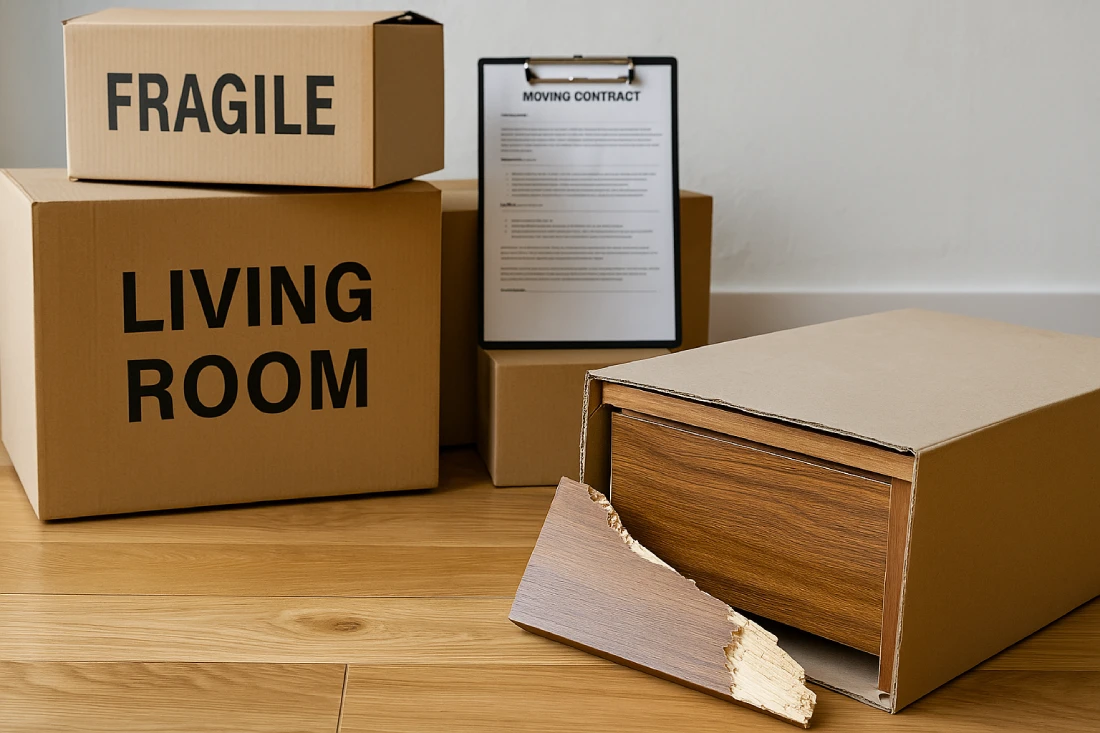
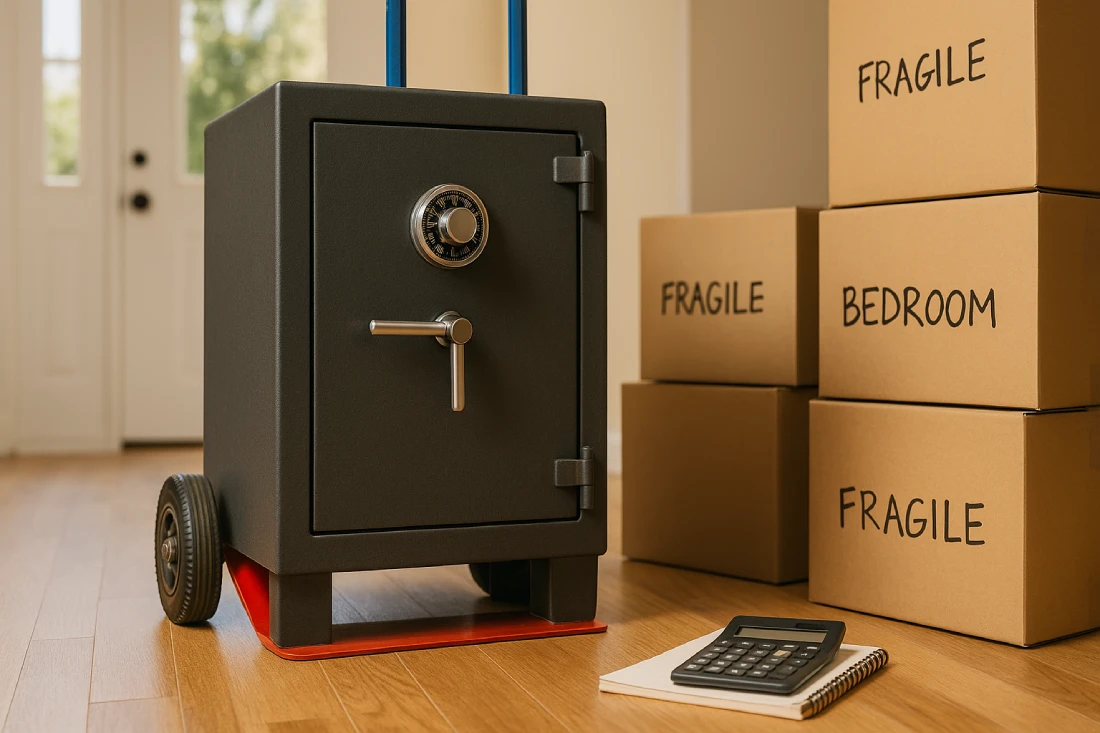

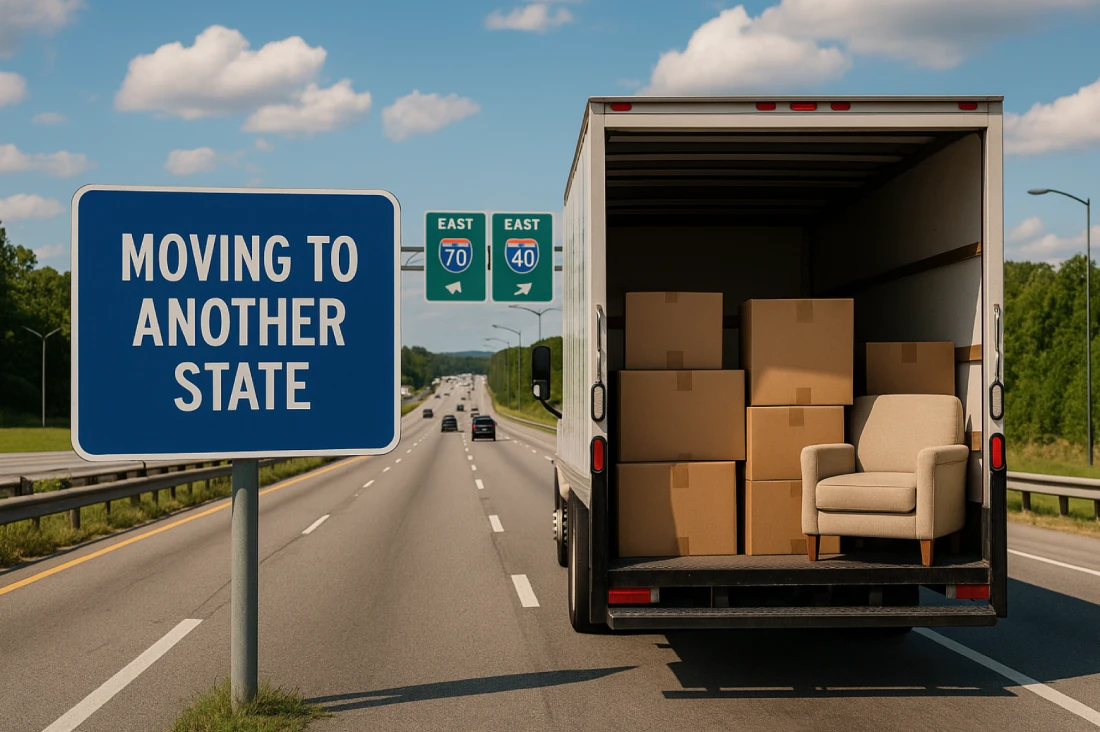


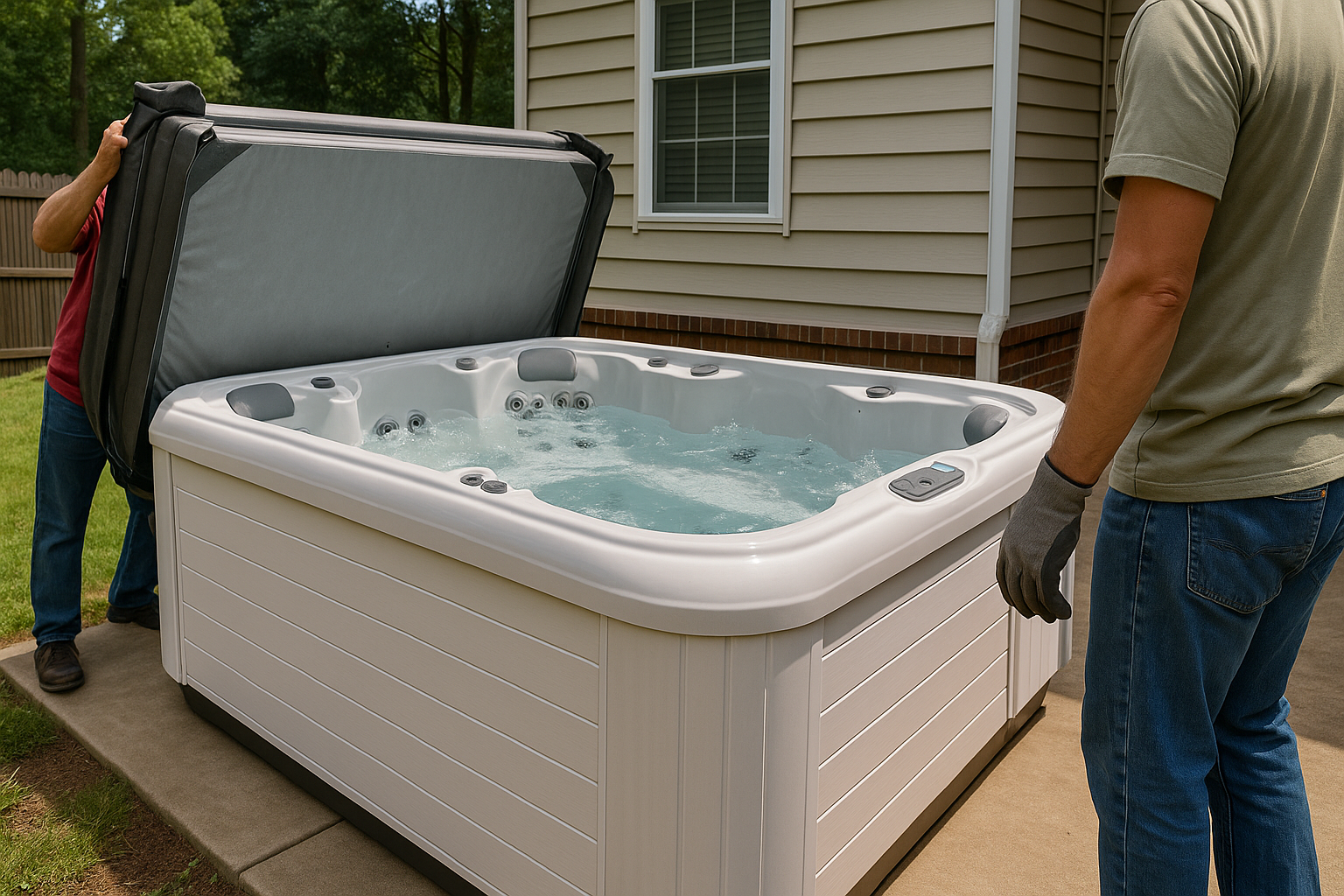
















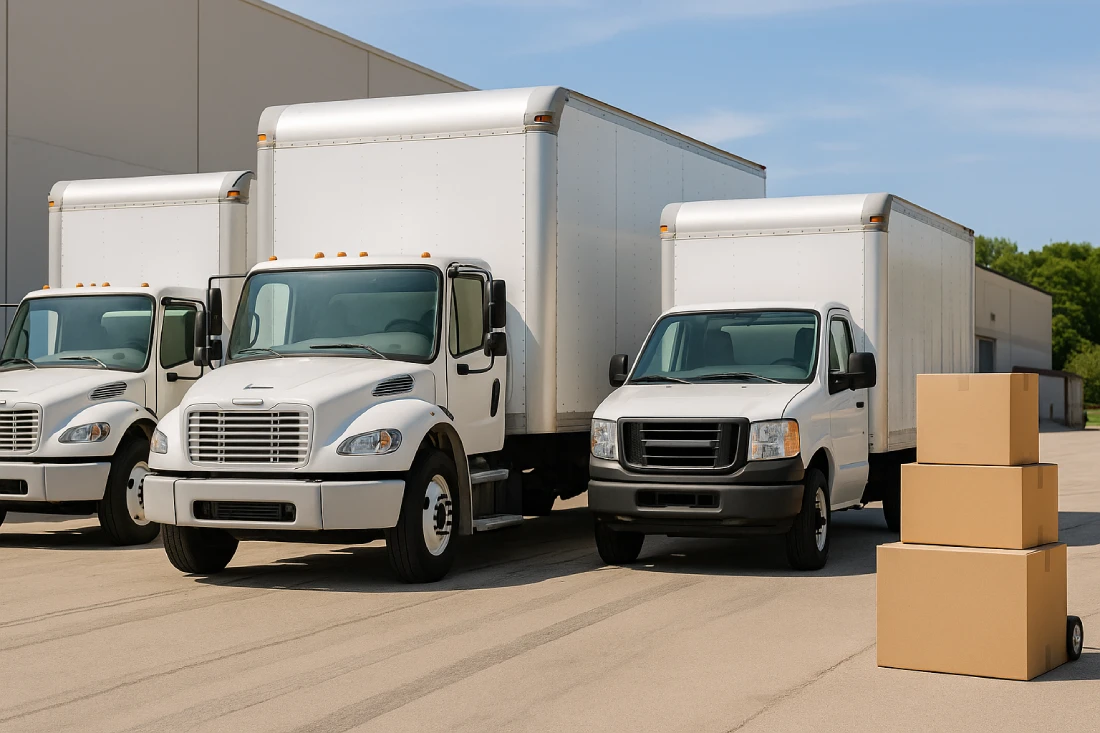










.webp)



